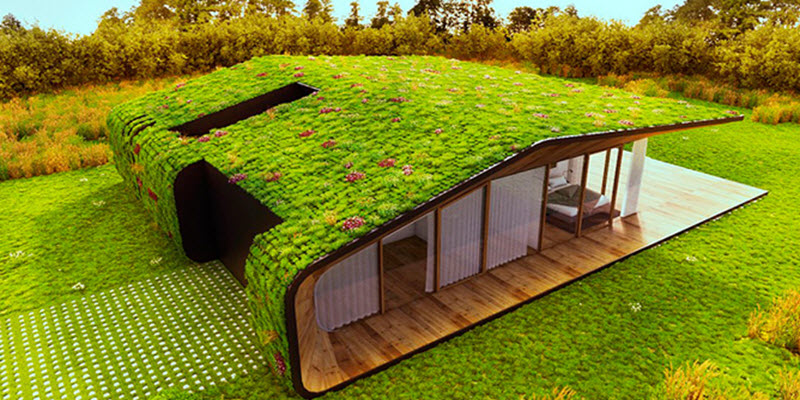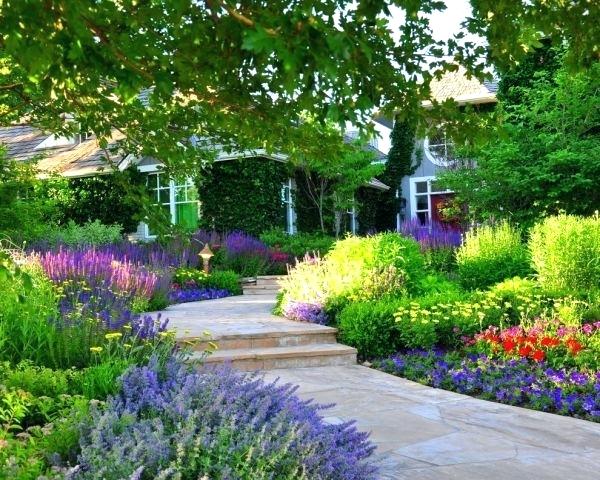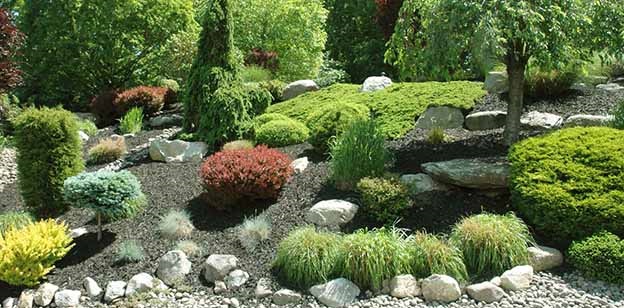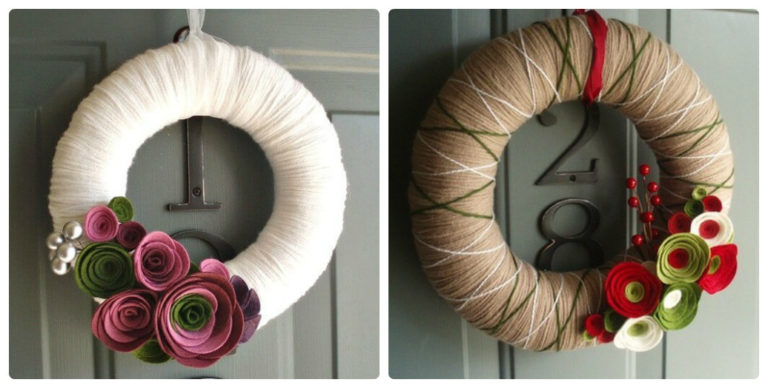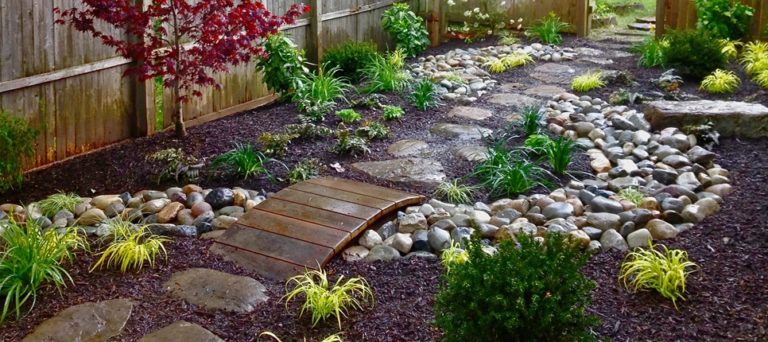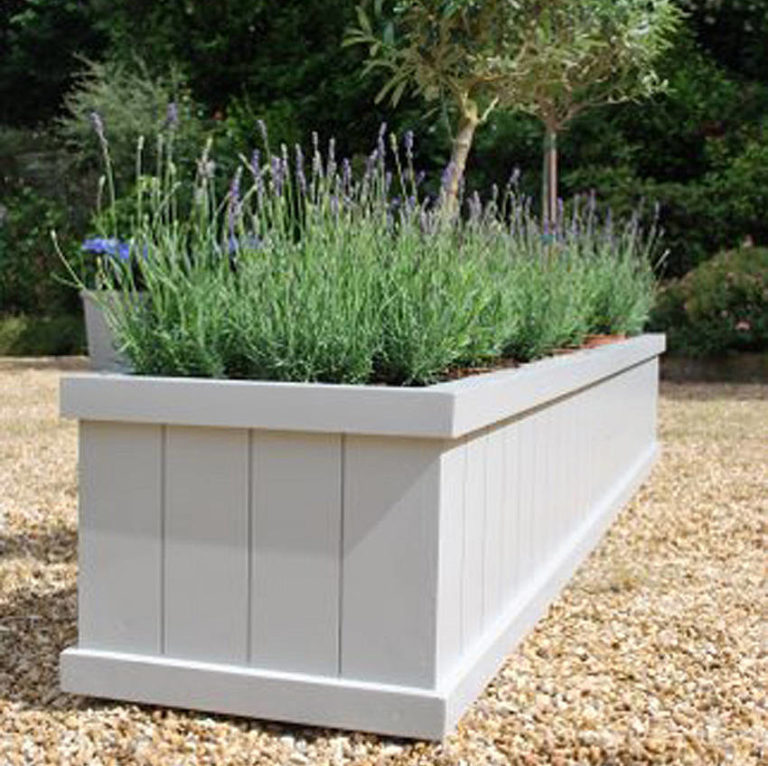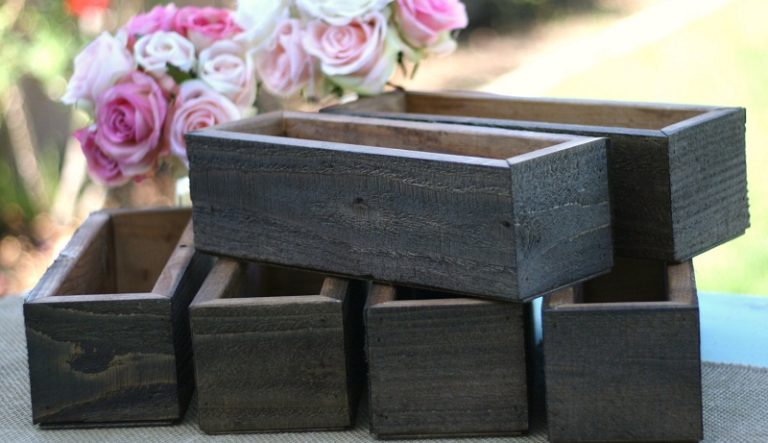Green roof
The further we move away from the “green world”, the more there is a desire to create our own natural oasis. This desire has been haunting people ever since cities began to appear on the planet. Then rooftop recreation areas began to appear among the greenery. A vivid example from the classic gardens of Semiramis.
A green roof is a roof that is completely or partially covered with plants, that is, it is an artificially created ecosystem. And this is used not only in private or summer cottage construction – in many countries of the world, environmental programs are being developed for landscaping roofs, even in large cities.
There are extensive and intensive forms of the “green roof” system. Extensive green strain does not provide for frequent stay and walking of a person. Even if there is a need to visit such a roof, you can walk only in specially designated places. On “extensive” green roofs, the soil height is never more than 0.15 meters, and only small-growing plants, such as lawn grass or mosses, grow there. Moisture-saturated soil of this thickness can create a load on the roof up to 100 kG/m2.
An inversion or intensive roof allows not only to walk on this green roof, but also to plant low trees, equip small pools and fountains. In this case, the soil layer can reach a thickness of 60 cm and create a fairly high pressure on the roof, that is, a serious project is needed here, which should be developed along with the design of the house.

The constituent parts of a green roof are the vegetation layer, soil substrate, filtration layer, drainage, waterproofing, thermal insulation. It is possible to replace both materials and components in special cases, but in most cases a green roof should be just that.
As for the plant layer, plants should be selected taking into account the climatic conditions characteristic of the region, often, in our conditions, frost-resistant flora will be needed. For an extensive type of green roof, it is better to choose bulbous plants.
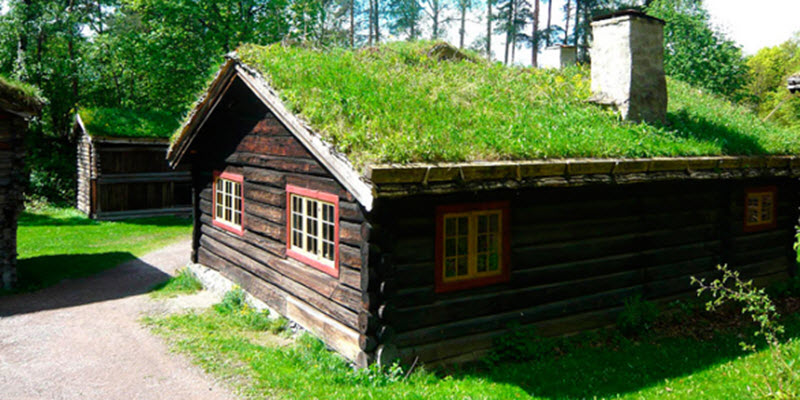
It is better not to use ordinary soil for a soil substrate, as it can significantly increase the load on the entire building. A mixture of perlite, brick pinch, expanded clay, well-crushed tree bark and compost is considered optimal for a green roof.
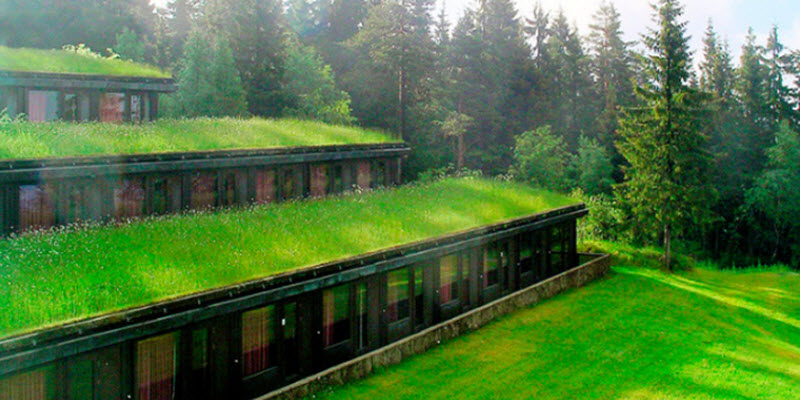
The filtration layer consists of a layer of geotextile and a rootprotective film. Hot-melted geotextiles do not tend to silt, they are quite durable and well suited for green roofs. It is placed first, and only then the film, which will protect the roots.
Drainage can have several design options – with pipes that drain water, with polystyrene perforated boards, from cruelty or expanded clay, as well as from rectangular gratings.
Waterproofing is designed to prevent moisture in the middle of the house and on the outer walls.
Thermal insulation can be made of foam glass and perlite sand, which do not allow moisture to pass through and are not toxic to plants at all.
But we should not forget about an economical and democratic, as well as a simple version of a green roof – the installation of boxes with earth and plants.

